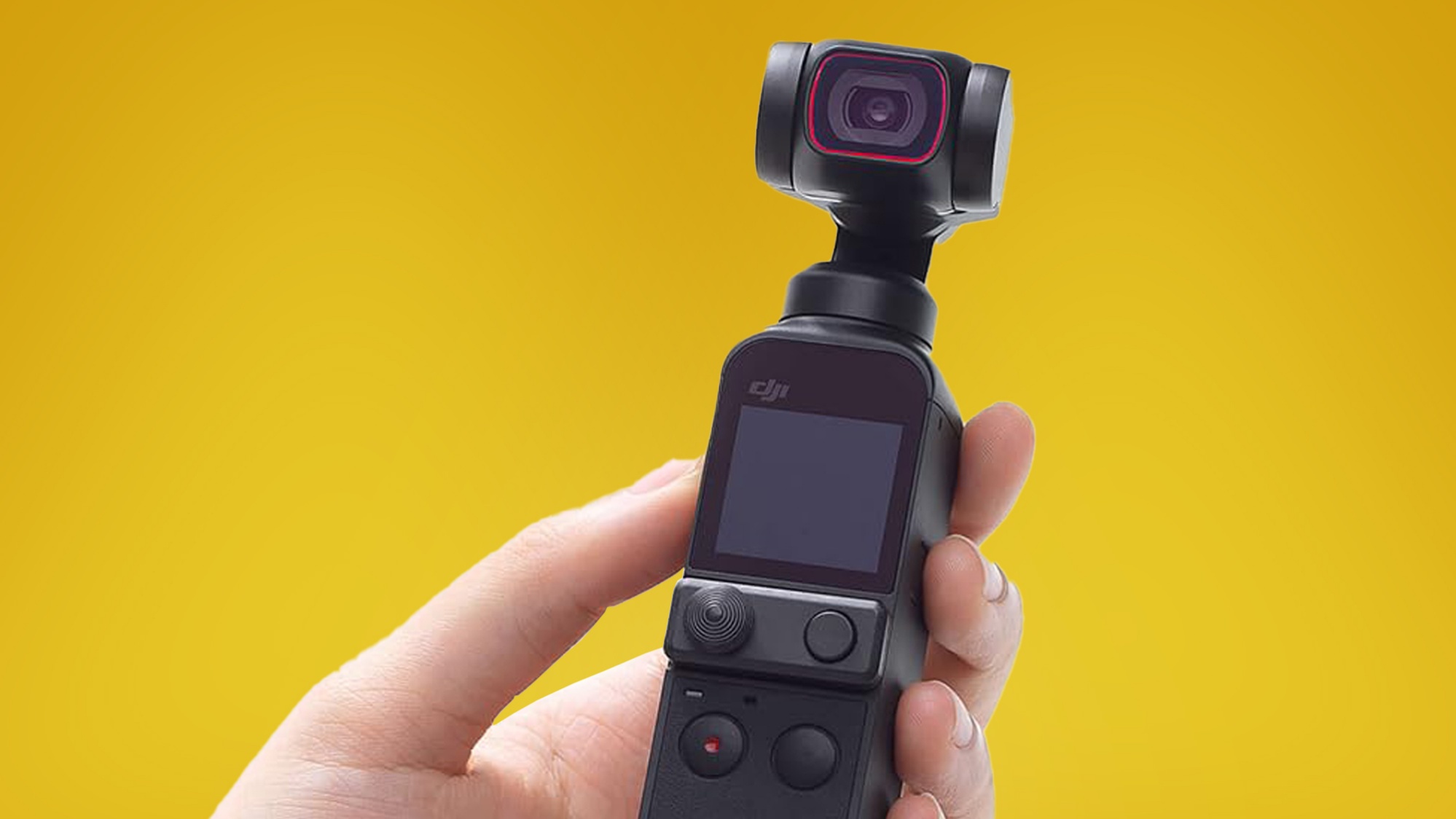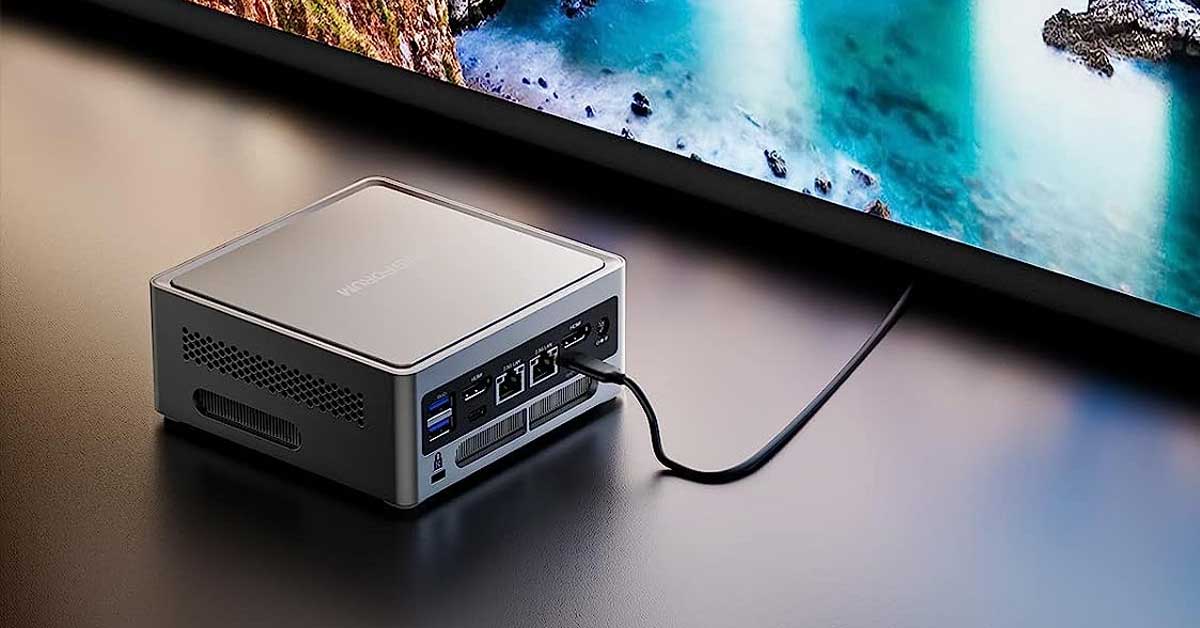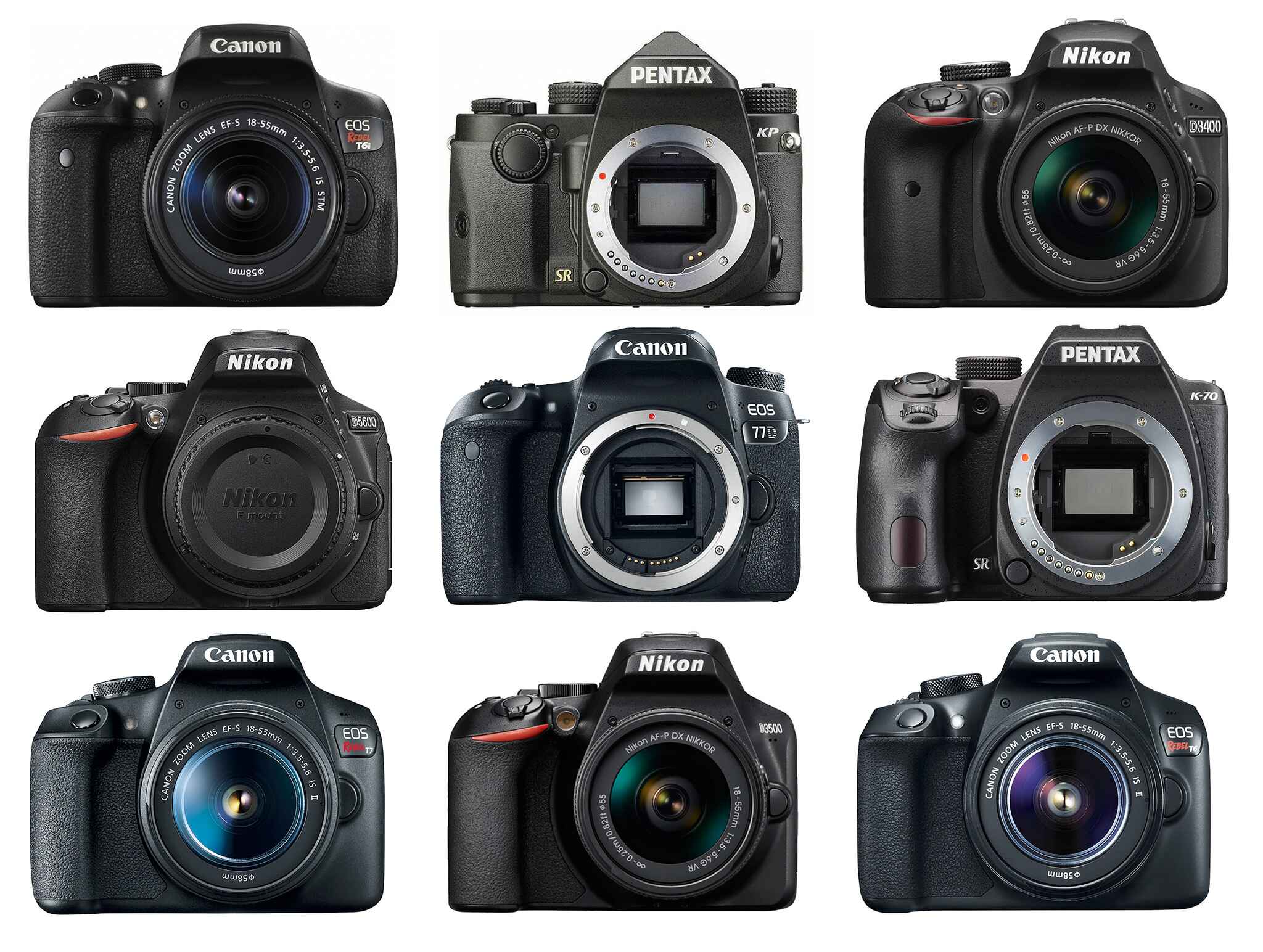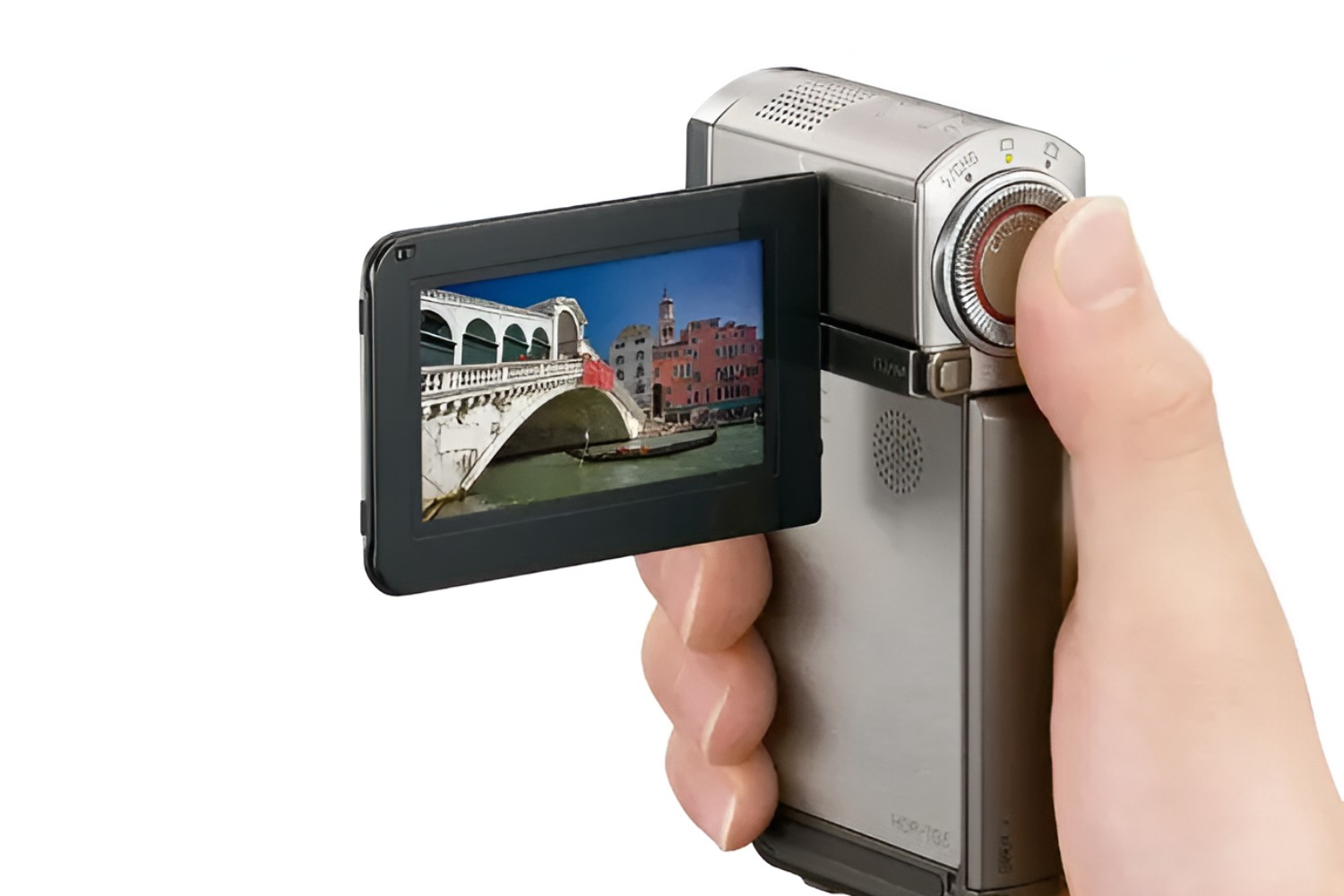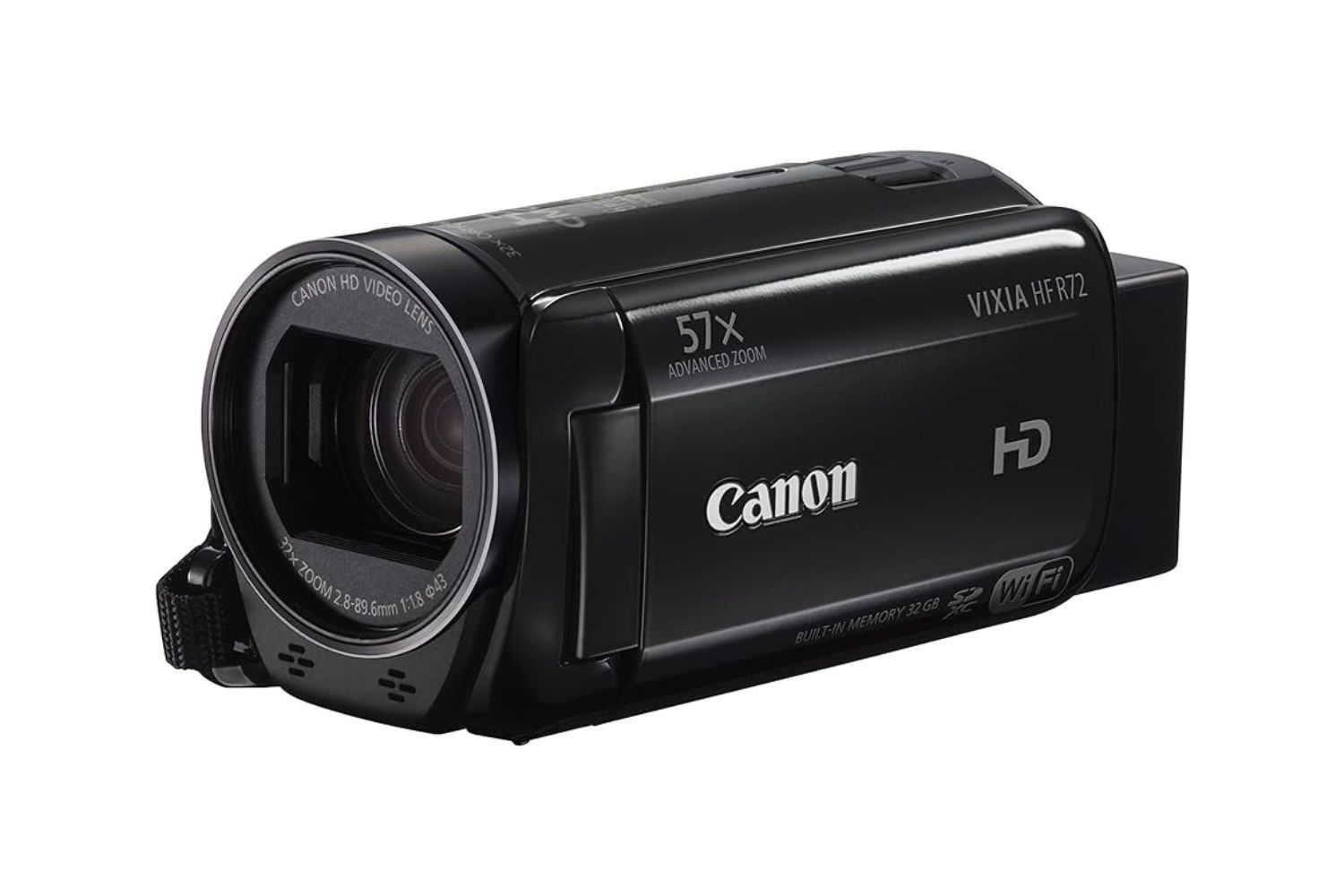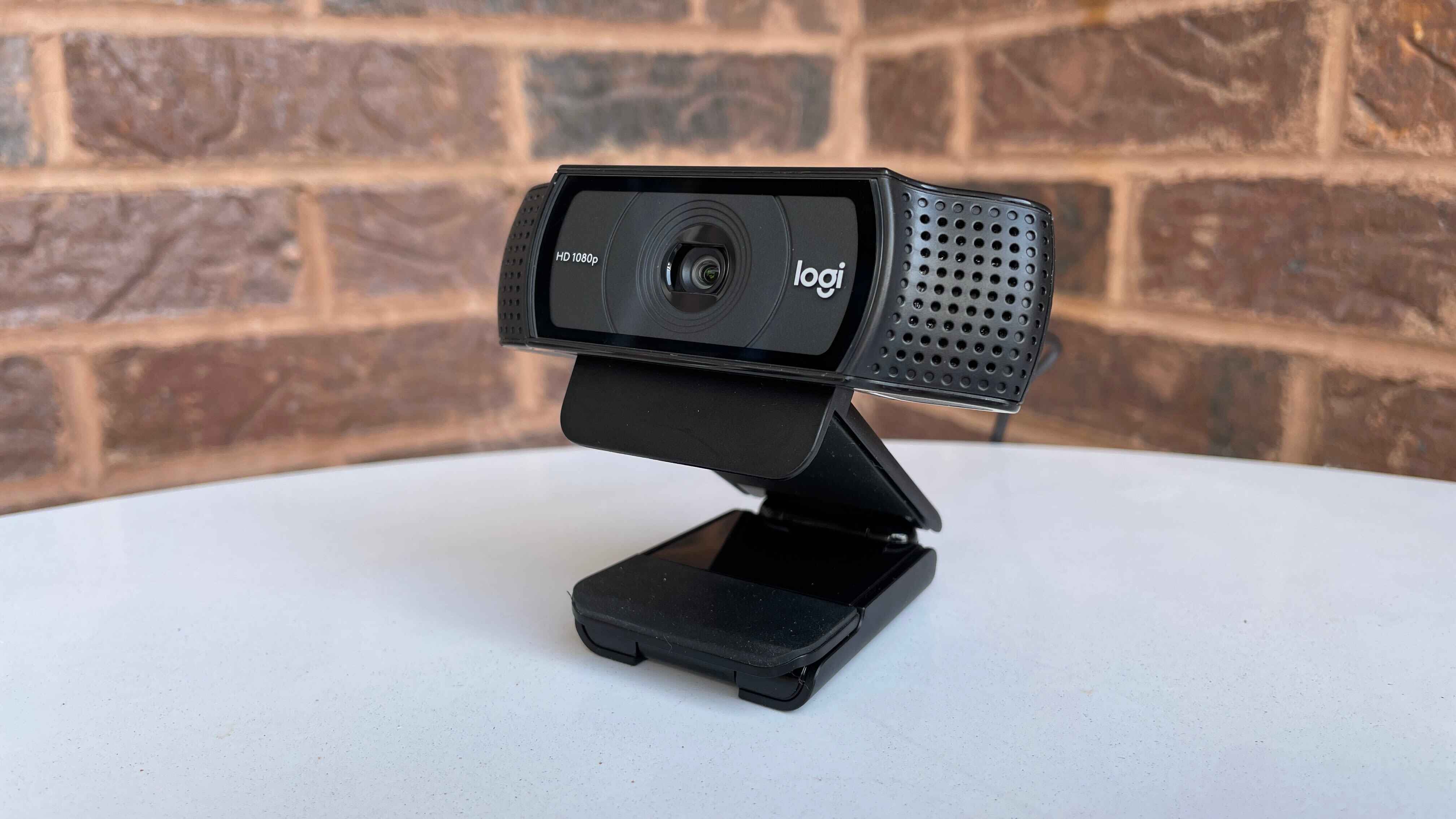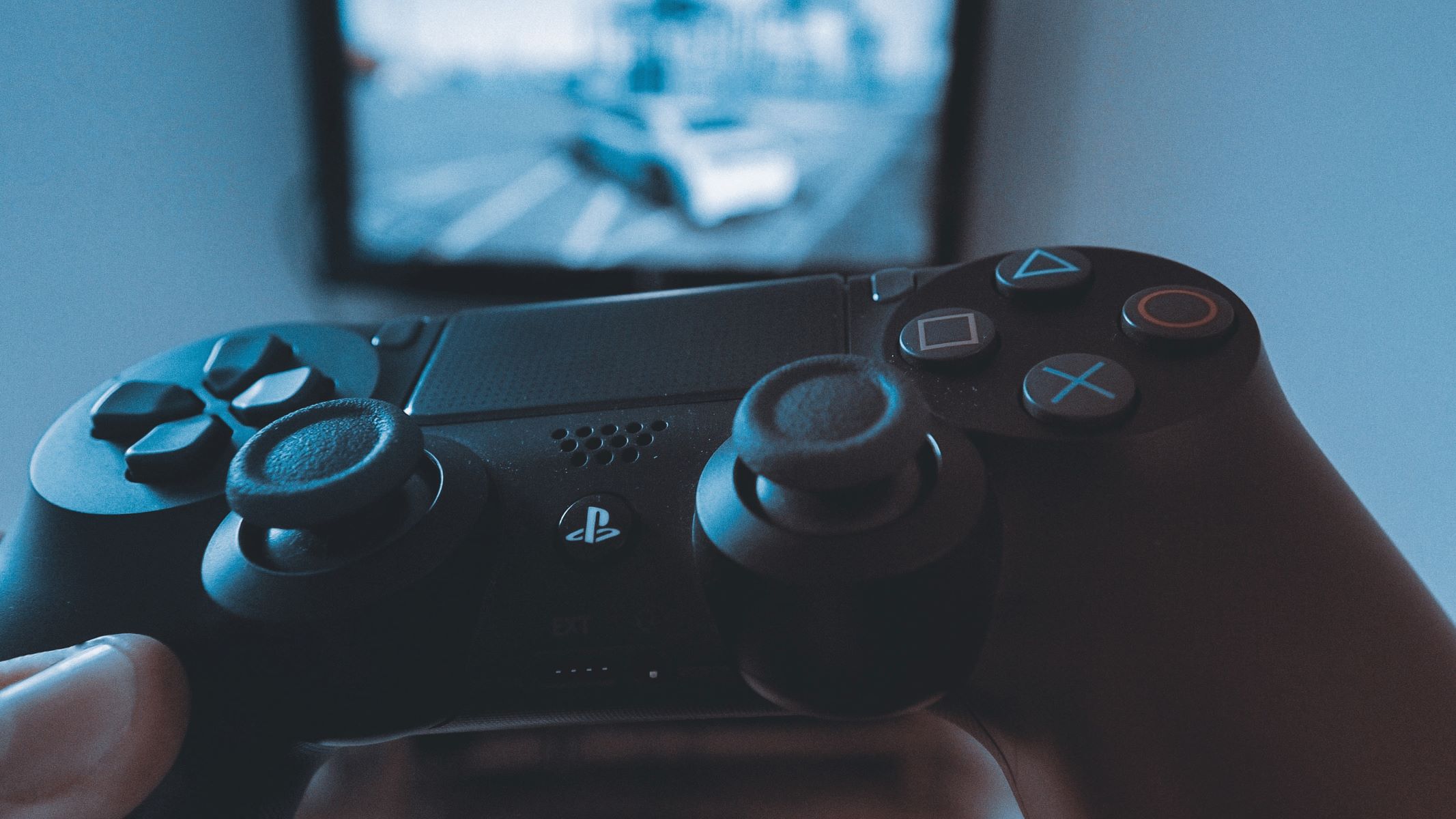Introduction
Welcome to this step-by-step guide on how to change the CMOS battery on a Sony All-In-One PC model VGC-LV180J. The CMOS battery, also known as the Real-Time Clock (RTC) battery, is responsible for maintaining the computer’s date, time, and BIOS settings when the power is turned off. Over time, this battery can become depleted or lose its effectiveness, leading to issues such as incorrect date and time or problems booting up your computer.
Replacing the CMOS battery is a relatively simple process that can be done by following a few easy steps. By doing so, you can ensure your Sony All-In-One PC continues to function smoothly and accurately. In this guide, we will walk you through the process of powering off the PC, opening the panel, locating the CMOS battery, removing the old battery, inserting the new one, and finally, closing the panel and powering on the PC.
Before we get started, it’s important to note that opening up your computer and tampering with its internal components can void your warranty. If your Sony All-In-One PC is still under warranty, it’s best to consult the manufacturer or authorized service provider to have the CMOS battery replaced. However, if your warranty has expired or you feel comfortable performing this task yourself, read on for detailed instructions on how to change the CMOS battery on your Sony All-In-One PC.
Now, let’s dive into the step-by-step process of replacing the CMOS battery in your Sony All-In-One PC model VGC-LV180J. Grab your tools and get ready to bring new life to your computer!
Step 1: Powering off the Sony All-In-One PC
The first step in changing the CMOS battery on your Sony All-In-One PC is to power it off completely. This ensures that you can safely open the panel and access the motherboard without any risk of electrical shock or damage.
To power off your Sony All-In-One PC, follow these steps:
- Save any open files or documents and close all running programs. It’s important to properly shut down your PC to avoid any data loss or damage.
- Once you have closed all programs and saved your work, click on the “Start” button located in the lower left corner of your screen.
- From the Start menu, click on the “Power” option. This will display a submenu with various power options.
- Choose the “Shut down” option from the power submenu. Your computer will now begin the shutdown process.
- Wait for your Sony All-In-One PC to completely power off. You can verify this by ensuring that the screen is blank and there are no lights or sounds coming from the computer.
It is important to note that some Sony All-In-One PCs may have a physical power button located on the side or back of the computer. If your computer has a physical power button, you can also press and hold it for a few seconds to power off the PC.
By following these steps, you have successfully powered off your Sony All-In-One PC and are ready to move on to the next step of opening the panel to expose the motherboard.
Step 2: Opening the panel to expose the motherboard
Now that you have powered off your Sony All-In-One PC, it’s time to open the panel and gain access to the motherboard. This will allow you to locate and replace the CMOS battery effectively.
Follow these steps to open the panel and expose the motherboard:
- Locate the panel on the back of your Sony All-In-One PC. It is typically located towards the bottom of the computer.
- Depending on the model of your PC, the panel may be secured with screws or clips. Use a screwdriver or your fingers to remove the screws or unclip the panel, if necessary.
- Gently remove the panel by sliding it off or lifting it away from the PC. Be careful not to force it or apply too much pressure, as this could cause damage to the panel or the internal components.
- Once the panel is removed, you should be able to see the internal components of your Sony All-In-One PC, including the motherboard.
- Take a moment to familiarize yourself with the components and locate the CMOS battery. It is typically a small, round battery located on the motherboard.
It’s important to handle the panel with care to avoid any accidental damage. If you encounter any resistance or difficulties when trying to open the panel, refer to your PC’s user manual or reach out to Sony’s customer support for assistance.
Now that you have successfully opened the panel, you are ready to move on to the next step of locating the CMOS battery on the motherboard.
Step 3: Locating the CMOS battery on the motherboard
With the panel of your Sony All-In-One PC open, it’s time to locate the CMOS battery on the motherboard. The CMOS battery is responsible for maintaining the computer’s date, time, and BIOS settings, and is commonly found on the motherboard.
Follow these steps to locate the CMOS battery:
- Take a closer look at the motherboard and try to identify the CMOS battery. It is typically a small, round battery that resembles a shiny coin.
- The CMOS battery is often located near the center or bottom of the motherboard, although the exact placement can vary depending on the model of your Sony All-In-One PC.
- If you are having trouble identifying the CMOS battery, refer to your PC’s user manual for specific instructions or diagrams. The manual will provide you with clear visuals and indicate the exact location of the battery on the motherboard.
- Remember that the CMOS battery may be connected to the motherboard by a small wire or connector. Take note of how it is connected so you can safely remove it in the next step.
It’s important to approach this step with caution and handle the CMOS battery gently. Make sure to ground yourself to prevent any static electricity discharge that might damage the motherboard or other components.
Once you have successfully located the CMOS battery on the motherboard, you are ready to move on to the next step of removing the old battery.
Step 4: Removing the old CMOS battery
Now that you have located the CMOS battery on the motherboard of your Sony All-In-One PC, it’s time to remove the old battery. Removing the old CMOS battery will allow you to replace it with a new one, ensuring the proper functioning of your computer’s date, time, and BIOS settings.
Follow these steps to remove the old CMOS battery:
- First, ensure that your Sony All-In-One PC is still powered off and unplugged from the power source. This will help prevent any accidental damage or electrical shock.
- Take a close look at the CMOS battery and identify how it is connected to the motherboard. In most cases, it will be held in place by a small clip or holder.
- Use your fingers or a small flat-head screwdriver to gently release the clip or holder that secures the CMOS battery. Be careful not to apply excessive force, as this may cause damage to the battery or the motherboard.
- Once the clip or holder is released, carefully lift the old CMOS battery out of its slot on the motherboard. Take note of its position and orientation, as you will need this information when inserting the new battery.
- If the old CMOS battery is connected to the motherboard by a small wire or connector, gently disconnect it by pulling the wire or releasing the connector, depending on the type of connection.
- With the old CMOS battery removed, set it aside for proper disposal. Keep in mind that CMOS batteries contain materials that should be disposed of responsibly to minimize environmental impact.
It is worth noting that some Sony All-In-One PC models may have the CMOS battery soldered directly onto the motherboard. If this is the case, it is recommended to seek professional assistance or consult the manufacturer for guidance on replacing the CMOS battery.
Now that you have successfully removed the old CMOS battery, you are ready to proceed to the next step of inserting the new battery.
Step 5: Inserting the new CMOS battery
With the old CMOS battery removed from your Sony All-In-One PC, it’s time to insert the new battery. The new CMOS battery will restore the proper functionality of your computer’s date, time, and BIOS settings.
Follow these steps to insert the new CMOS battery:
- Begin by ensuring that your Sony All-In-One PC is still powered off and unplugged from the power source. This is important to prevent any potential damage or electrical shock.
- Take the new CMOS battery and double-check its orientation. Most CMOS batteries have a positive (+) and negative (-) side. Ensure that you align the battery correctly with the corresponding markings on the motherboard.
- Carefully place the new CMOS battery into the slot on the motherboard, ensuring that it sits securely. Press down gently to ensure proper contact.
- If the new CMOS battery is connected to the motherboard by a small wire or connector, carefully reconnect it by aligning the connectors and gently pushing them together until they click into place.
- Once the new CMOS battery is securely inserted and connected, take a moment to double-check its position and orientation. Ensure that it is aligned correctly to avoid any issues.
It’s worth mentioning that some CMOS batteries come with a peel-off tab or insulating strip to prevent drainage during shipping. If your new CMOS battery has this feature, make sure to remove the tab or strip before inserting the battery into the motherboard.
With the new CMOS battery successfully inserted, you’re one step closer to completing the replacement process. Let’s move on to the final step of closing the panel and powering on your Sony All-In-One PC.
Step 6: Closing the panel and powering on the PC
Congratulations! You have successfully replaced the CMOS battery in your Sony All-In-One PC. Now it’s time to close the panel and power on your computer, ensuring that everything is back in place and functioning properly.
Follow these steps to close the panel and power on your Sony All-In-One PC:
- Take the panel that you removed earlier and align it with the back of your Sony All-In-One PC.
- Gently slide or press the panel back into place, making sure that it fits snugly and securely.
- If the panel was secured with screws, use a screwdriver to carefully tighten them back into place.
- With the panel securely closed, double-check that everything is properly aligned and there are no loose or protruding parts.
- Plug your Sony All-In-One PC back into the power source.
- Press the power button to turn on your computer.
- Wait for your Sony All-In-One PC to boot up. You should see the familiar startup screen or logo.
- Once your computer has fully powered on, it’s a good idea to check the date and time settings to ensure they are accurate.
- Additionally, take some time to explore the BIOS settings and make any necessary adjustments or configurations.
Congratulations! You have successfully replaced the CMOS battery on your Sony All-In-One PC. The new battery will ensure that your computer’s date, time, and BIOS settings are maintained accurately.
If you encounter any issues or notice any abnormalities after replacing the CMOS battery, consult your PC’s user manual or reach out to Sony’s customer support for further assistance.
You can now enjoy using your Sony All-In-One PC with confidence, knowing that the CMOS battery has been replaced and your computer is operating smoothly.
Conclusion
Changing the CMOS battery on your Sony All-In-One PC is a straightforward process that can help resolve issues with incorrect date and time, as well as improve the overall functionality of your computer. By following the steps outlined in this guide, you have successfully replaced the CMOS battery and ensured that your Sony All-In-One PC can maintain accurate date, time, and BIOS settings.
Remember, always exercise caution when working with electronic devices and their internal components. Make sure to power off your computer, unplug it from the power source, ground yourself, and handle the components with care.
If you encounter any difficulties during the process or are unsure about any of the steps, consult your Sony All-In-One PC’s user manual or reach out to Sony’s customer support for further assistance. They are there to help you with any questions or concerns you may have.
Now that you have successfully replaced the CMOS battery, take some time to explore the BIOS settings and customize them based on your preferences. Additionally, it’s a good idea to periodically check the battery’s health and replace it as needed to ensure optimal performance of your Sony All-In-One PC.
Thank you for following this guide on how to change the CMOS battery on your Sony All-In-One PC model VGC-LV180J. We hope this information has been helpful and that you can now enjoy using your computer with improved functionality.
Happy computing!









